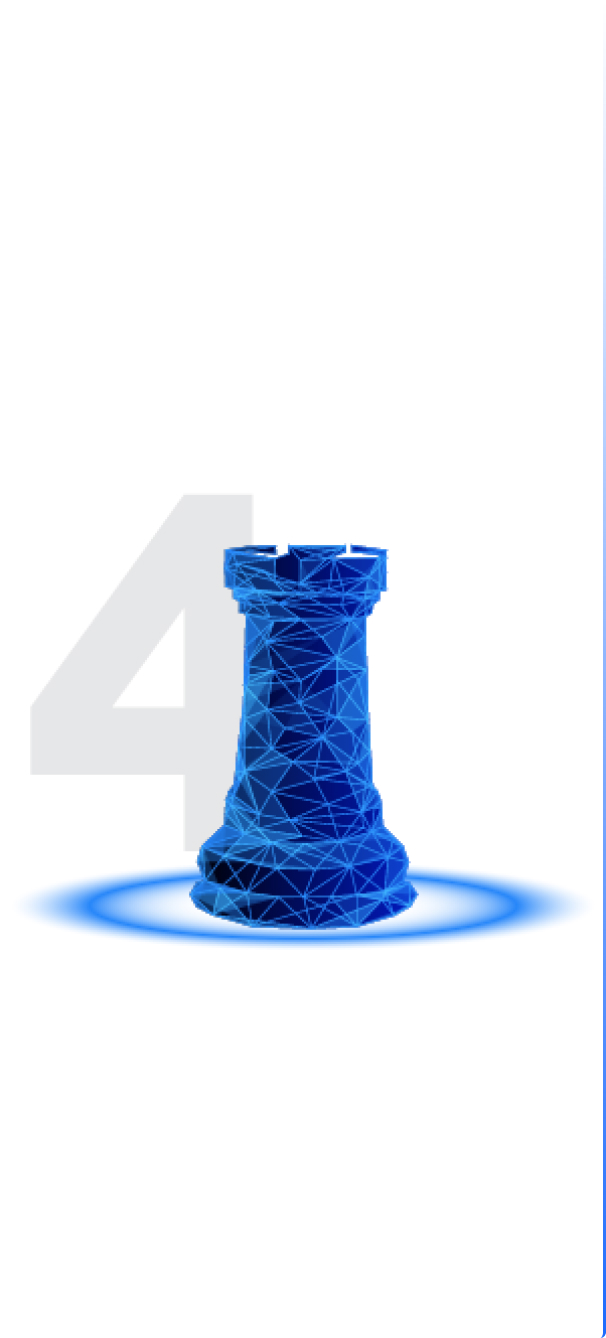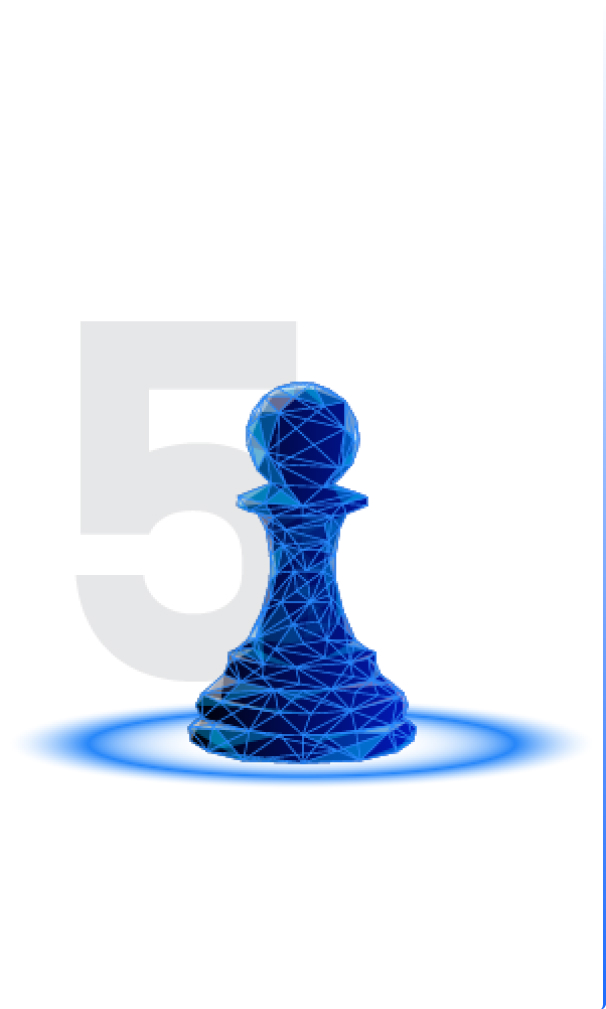In the strategic game of chess, the player with the black pieces must skillfully counter the white player's first-move advantage to secure a win. This scenario mirrors the cybersecurity domain, where threat actors strike first, leaving organizations to defend against unforeseen attacks, unknown malware and zero-day exploits.
Drawing from chess's tactical playbook, cybersecurity professionals can adopt similar strategies to enhance their organization's email security posture by adopting a zero-trust approach. Let’s explore how chess strategies and cutting-edge OPSWAT technologies can improve your cybersecurity results and email defenses.

Implement Solid Security Frameworks with a Zero-Trust Approach and Multiscanning:
In chess, playing solid openings like the Sicilian Defense or the French Defense allows Black to establish a strong position from the get-go. These openings are not just about responding to White's moves but also about setting the stage for future strategic advantages.
Similarly, organizations should adopt robust cybersecurity frameworks (NIST, ISO 27001, CIS Controls) with a zero-trust approach. This assumes every email and attachment is malicious, verifying each request as though it originates from an open network. This approach ensures that security measures are comprehensive, up-to-date, and adaptive to emerging threats, minimizing the attack surface and reducing the impact of attacks.
In terms of email security, one way to implement robust protection is to use multiple anti-malware engines at once. When native defenses, like that of Microsoft 365, use only a few engines, it’s easier for malware to get through. OPSWAT's Multiscanning technology combines over 30 anti-malware engines with heuristics and machine learning, achieving a detection rate of 99.20%.

Strive for Early Detection & Response with Zero-Trust Principles and Deep CDR:
Achieving early equalization in chess involves neutralizing your opponent's threats while establishing a presence in the game. It's about anticipation and timely response.
In the cybersecurity realm, early detection and swift response are essential. Incorporating zero-trust principles means not just detecting threats based on known bad signatures but continuously verifying the legitimacy of all users, devices, and network activities. This proactive stance enables organizations to quickly mitigate threats before they escalate.
In the world of email security, early detection of exploits in files is critical as threat actors mainly use highly circulated Microsoft Office documents like Word, PowerPoint, and Excel. Deep CDR technology detects file-based threats quickly and preemptively neutralizes threats in email attachments by dismantling and reconstructing all file content before it gets to a user.

Control the 'Digital Center' with Zero-Trust Architecture & Anti-Phishing:
Controlling the center of the board in chess allows players to dictate the game's pace and direction. It's a strategic vantage point to influence the outcome from a position of strength. Every piece's development in chess serves a strategic purpose, whether it's controlling key squares, enabling specific tactics, or preparing for the endgame.
Protecting core systems and critical data with a zero-trust architecture involves treating all users and traffic as potential threats until proven otherwise. By enforcing strict access controls and segmenting networks, organizations can prevent unauthorized access and lateral movement within their environments.
Threat actors commonly try to reach an organization's core systems through phishing, social engineering, and credential harvesting tactics. When successful, they then use stolen information to gain access to other systems, moving laterally through networks and devices. Perimeter security can be bypassed with the use of advanced URL hiding techniques that are not anticipated by traditional email security solutions.
OPSWAT’s Real-Time Anti-Phishing counteracts URL hiding tactics by using time-of-click analysis, referencing over 30 online sources. This capability, together with heuristics and machine learning, achieves a 99.98% phishing detection rate.

Maintain Flexibility in Security Operations with Zero-Trust Adaptability & Real-time Detection:
Flexibility in chess involves being able to pivot strategies based on the evolving state of the game. It's about keeping options open and adapting to the opponent's moves.
Flexibility in cybersecurity, underpinned by a zero-trust model, means being able to quickly adjust policies and controls in response to new information or threats. This adaptability is crucial in a landscape where threat actors constantly evolve their tactics.
For email security, using adaptive and real-time detection solutions that evolve with the threat landscape ensures that novel attacks are unable to breach defenses. OPSWAT’s Real-time Adaptive Sandbox dynamically detects malicious behavior inline with a focus on targeted attack detection and Indicator of Compromise (IoC) extraction. A slow, traditional sandbox increases the risk of a breach as malware can exploit a lag in detection and execute based on time-sensitive instructions.

Minimize Internal Security Gaps Through Zero-Trust Enforcement and DLP:
In chess, minimizing weaknesses involves protecting vulnerable pieces and strengthening positions against potential attacks.
Similarly, minimizing security weaknesses in an IT environment means rigorously applying zero-trust principles to eliminate vulnerabilities, enforce policy compliance, and secure endpoints and networks against exploitation.
For email security, this means employing Proactive Data Loss Prevention (DLP) against accidental data leakage by safeguarding sensitive information, like PHI and PII, from being leaked or exposed. This is crucial for compliance and data breach prevention.
In summary
As the chessboard of cybersecurity continues to attract new opponents and evolving threats, thinking several moves ahead by adopting a zero-trust approach and deploying advanced defense layers will go a long way in reducing breaches.
Organizations relying solely on their native security, like that of Microsoft 365, risk the attention of threat actors who are innovating new ways to bypass traditional email security providers.
Not sure if you need advanced defense layers? Discover if phishing, malware, or other exploits have already bypassed your defense and are in your organization's mailbox with an OPSWAT Email Risk Assessment.
This quick assessment is non-disruptive and delivers an actionable report with insights for any CISO or IT security manager seeking to bolster their email security posture.

